Five Stories Of Governance Done Right
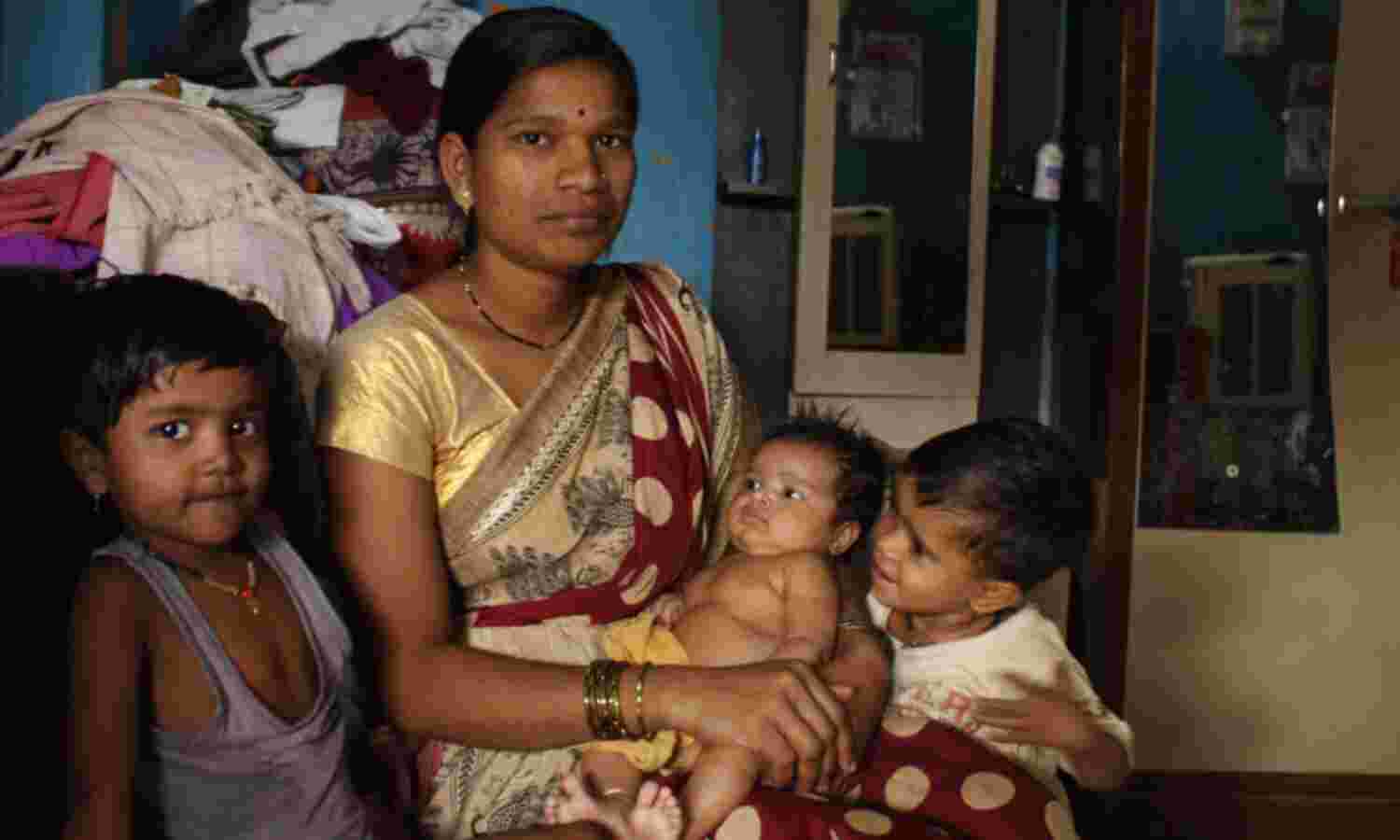
Mumbai: In India Governance Report, we feature governance programmes and projects that have worked, with an aim to widen and deepen the discussion on policy and governance issues. Here is a round-up of our best stories from 2019.
Breastfed Right: How Shrirampur’s Babies Escape Malnutrition
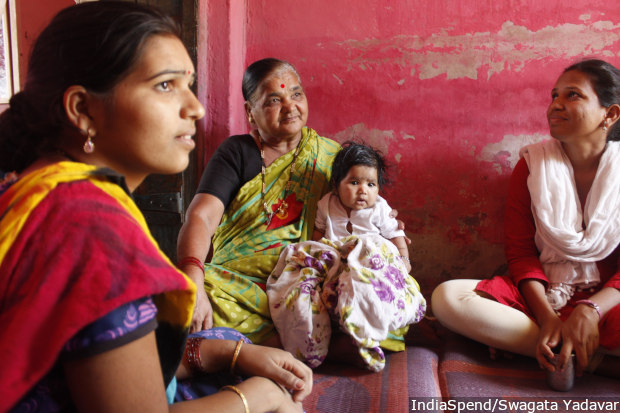
Challenge: In India, only 55% of infants under the age of six months are exclusively breastfed, as recommended. Inadequate breastfeeding rates result in economic losses of about Rs 22 lakh crore ($302 billion) annually, which represents 0.49% of the world’s gross national income, according to the World Health Organization. India is among the world's five largest emerging economies where investment in breastfeeding is significantly low, resulting in an annual economic loss of Rs 99,000 crore ($14 billion) due to child deaths and cognitive losses caused from poor breastfeeding practices, The Times of India reported on August 3, 2017.
Action: Shrimati Malati Dahanukar Trust in Shrirampur, Maharashtra, is combining effective breastfeeding techniques with local superfoods to prevent malnutrition among children. The programme has helped about 1,800 children below two years of age and 1,580 children from three to six years. It has also counselled more than 500 pregnant mothers. For six days a week, a team of eight including a doctor, a nutritionist, three nurses and two field officers, travels to different centres with weighing scales, growth charts, toys and teaching models. The programme's main focus is the first 1,000 days of life--from conception to about two years of age.
How A Kerala District Is Helping Migrant Children Stay In School
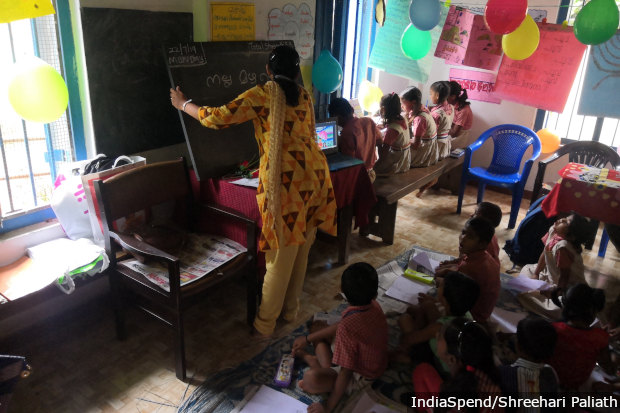
Challenge: About 80% of seasonal migrant children in seven Indian cities--Delhi, Chennai, Hyderabad, Jaipur, Guwahati, Patna and Bhopal--lacked access to education near work sites, and 40% worked, experiencing abuse and exploitation, noted UNICEF’s 2019 Global Education Monitoring report. Kerala is estimated to have more than 2.5 million migrant workers, the largest proportion of whom hail from West Bengal (20%), Bihar (18.10%), Assam (17.28%) and Uttar Pradesh (14.83%), a 2013 study noted. Often, their children have to drop out of school due to their inability to understand the local language, Malayalam, affecting their future prospects for higher education and livelihood.
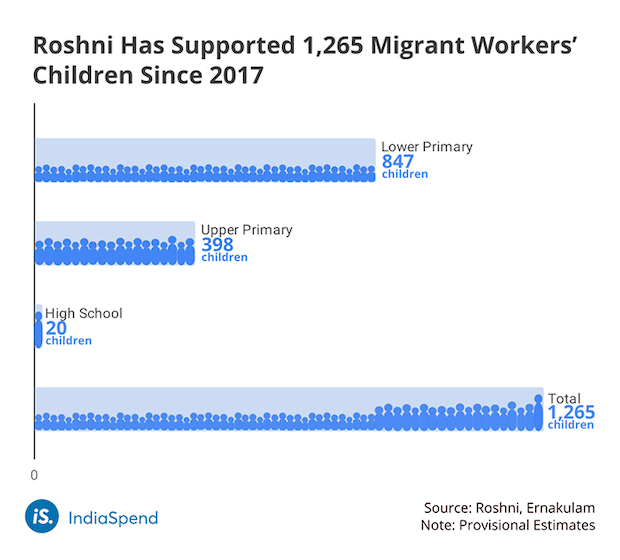
Action: Ernakulam district in Kerala initiated a programme called Roshni in 2017 to help bridge the education gap for migrant children by teaching Malayalam. It trains volunteers, including non-native Malayalam speakers, in 38 government and government-aided schools the district to help more than 1,000 migrant workers’ children learn Malayalam through the use of multiple languages as the medium of instruction. The state government’s education portal, Samagra Shiksha Kerala district survey, each year finds between 150-200 migrant children who are out of school in the district. School dropouts across 20 schools reduced by nearly half (48%), to 65 in 2018-19, owing to the programme.
How Indore Became India’s Cleanest City (And How Others Can Follow)
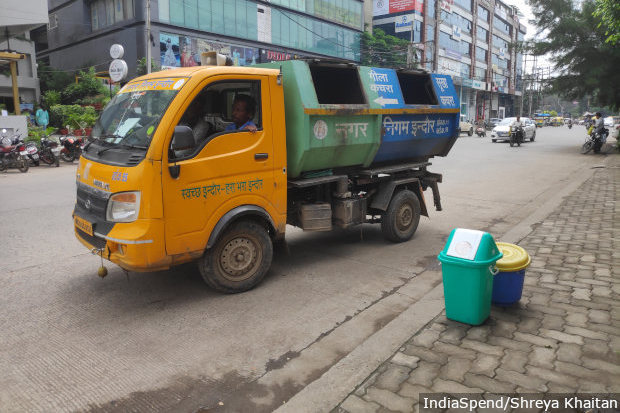
Challenge: By 2050, the world is expected to generate 3.40 billion tonnes of waste annually, nearly 1.7 times (2.10 billion tonnes) what it produces today; India will generate 3.5 times (over 543,200 tonnes) of its current volume of solid waste, as per a September 2018 World Bank report. In 2016-17, local bodies collected 90% of solid waste, of which 80% is dumped untreated. Only 10% of 471 cities segregated household waste, 14% collected garbage from households, according to the government’s 2018 cleanliness survey.
Action: Indore in Madhya Pradesh has managed to become the cleanest city in India for three consecutive years, as per the government’s cleanliness survey. The city’s municipal corporation has created a model that other cities can follow--it has eliminated garbage dumps, ensured 100% household-waste segregation, contracted private companies to run waste management operations and used technology. The city’s aim is to reduce daily waste and keep it at 1,500 metric tonnes, especially by reducing plastic waste and usable food waste. Indore made Rs 180 crore in capital investment and spent Rs 155 crore on its operations in 2017-18 for solid waste management.
India Readies A New Cadre Of Certified Midwives To Improve Maternal, Infant Care
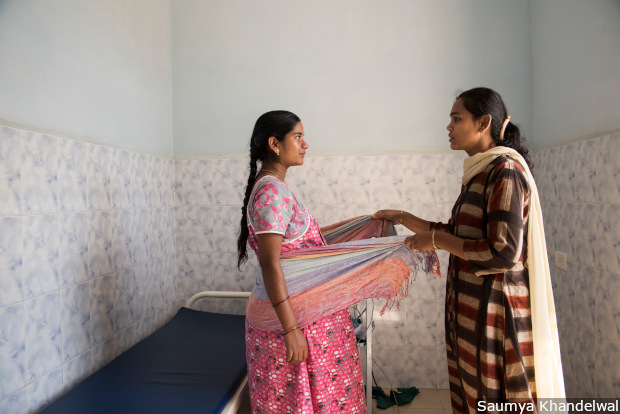
Challenge: Over the decade upto 2016, the rate of Caesarean deliveries has doubled from 9% to 18.5%, IndiaSpend reported on December 20, 2018. Globally, 10-15% is considered the “ideal rate”, as per the WHO. Telangana had the highest rates of caesarean births in the country, with 74.9% in the private sector and 40.3% in the public sector, according to the National Family Health Survey (2015-2016). Avoidable surgical procedures can have an effect on mother and child, slow down post-surgery recovery, and increase financial burden. But effective midwifery can be a solution. Globally, midwives are known to save lives and provide quality care during pregnancy and childbirth--83% of all maternal and newborn deaths could be averted with midwifery care, World Health Organization data show. With the announcement of the first-ever Guidelines on Midwifery Services, India is set to train and certify a new cadre of midwives to improve maternal and infant care, and possibly prevent unnecessary caesarean section deliveries.
Action: The Telangana government launched India’s first midwifery course in October 2017 in Karimnagar district in an attempt to support overburdened secondary and tertiary care facilities that do not have enough obstetricians, helping meet India’s Sustainable Development Goals related to infant and maternal health. In a state with the highest rates of cesarean births, Karimanagar recorded over 80% of caesarean births. At the time of reporting this story, the pilot programme was expected to see 30 midwives graduate by mid 2019.
Mobile Medical Units Can Improve Access To Quality Healthcare, If Funded Well
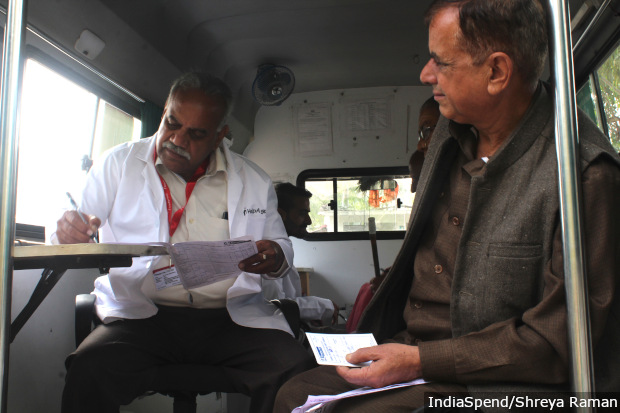
Challenge: India ranked 145th among 195 countries in terms of healthcare access and quality. Primary health centres are citizens’ first points of access to doctors in the public healthcare system. Despite improvements in access and quality of services, India lags way behind Brazil, Russia, China and South Africa (BRICS counterparts). The National Health Mission introduced Mobile Medical Units (MMUs) to bring healthcare facilities to remote and underserved areas, aiming to have one such unit per million people, subject to a cap of 5 per district.
Action: In the hilly state of Himachal Pradesh, there are 26 MMUs in nine of the 12 districts, all of which are run by nonprofits. MMUs attract patients who get checkups as well as medicines at their doorsteps. Despite some having to travel far, they said MMUs were more reliable than the PHCs closer home. Himachal has more PHCs than the Indian average--each PHC serves about 11,000--but due to staff shortages and an inadequate road network, access to healthcare is affected. The mobile healthcare units provide free consultations, essential medicines, some pathological tests and physiotherapy. Our reporting also found that while some were equipped with advanced diagnostic equipment, others did not even employ a qualified doctor.
You can access the five governance stories from 2018 here.
We welcome feedback. Please write to respond@indiaspend.org. We reserve the right to edit responses for language and grammar.


